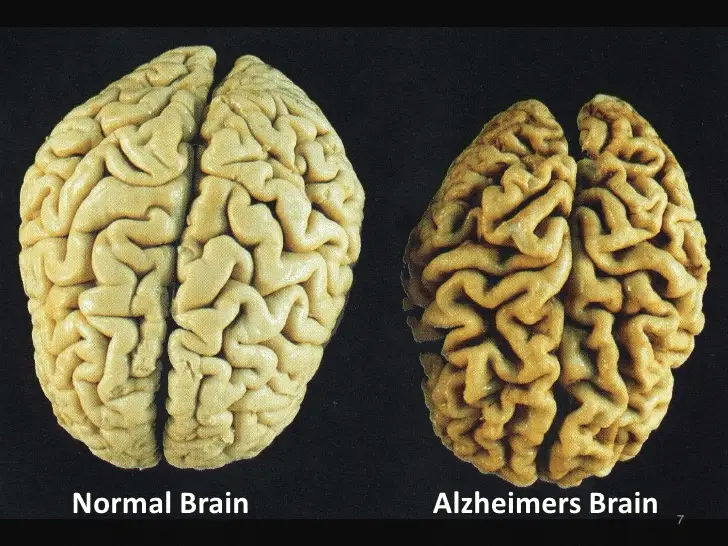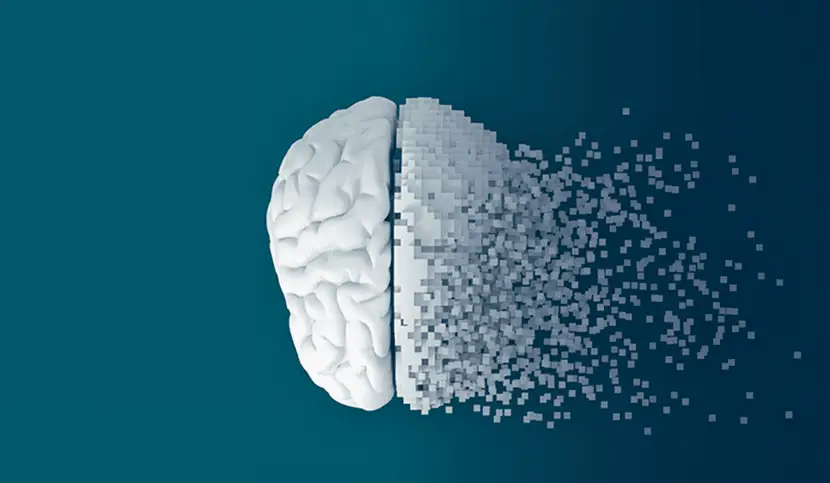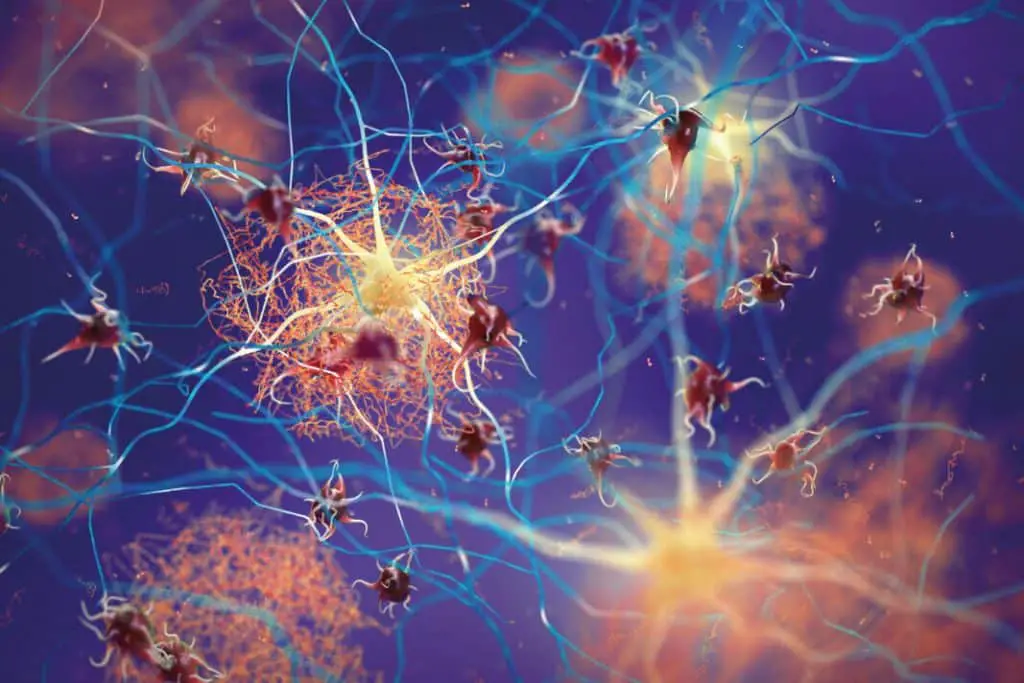A researcher at the Keck School of Medicine in the USC Department of Surgery has discovered a potential breakthrough in delaying the onset ofAlzheimer’s and Parkinson’s disease and in treating hydrocephalus. Young-Kwon Hong, Ph.D., head of basic science research in the department of surgery, and his team have developed a drug that can help clear fluid and cellular debris from the brain.
Hong’s research was published in Nature Neuroscience.
How the new drug for Alzheimer’s and Parkinson’s works
Just like the body, the brain has its own lymphatic system that eliminates cellular waste. “It’s very similar to a sewer system, and that means it has to drain well for it to work and keep everything clean,” Hong explained.
When the brain’s lymphatic system is not drained well, fluid and debris can build up. Fluid buildup means there is less room for cerebrospinal fluid, which cushions and nourishes the brain.
Hydrocephalus is a buildup of fluid inside the brain. This fluid can push against both the skull and the brain itself.
Because the development of the skull bones in children is incomplete, hydrocephalus can cause distortion of the skull and potential damage to the growing brain.
In adults, hydrocephalus causes the brain to push against the hardened skull, causing headaches and a range of symptoms, from vision problems to coordination difficulties and cognitive problems.

Both Parkinson’s and Alzheimer’s have multiple causes, but for each, the buildup of waste and plaque in the brain is a significant factor.
Hong’s team theorized that they might speed up the drainage of fluid and waste from the brain. “Think of a kitchen sink that drains too slowly because it has a two-inch pipe,” she said.
“We can give you a four-inch pipe.” Hong and his team first developed the idea of manually stimulating the drainage process, then developed a compound that causes an increase in the diameter of the lymphatic vessels.
An unusual note in the story is that, although Hong has decades of experience in medical and surgical research, he had not done any neuroscientific research before this project: everything he had worked on had been from the neck down. He found his inspiration for this project in church.
Another member of Hong’s congregation suffered from hydrocephalus in adulthood and suffered a terrifying and sudden loss of vision while driving on the highway. When Hong heard about the accident, he knew he had to help. “I felt a spiritual calling. I had to do something.”
Hong noted that even though this was his first neuroscience research, everything aligned and worked extraordinarily well. And, of course, there is the potential to help millions of people around the world. “It was incredible,” she said. “This is a perfect fusion of science and faith.”
Drug repair systems that remove Alzheimer’s-causing waste from the brain
A team of Rutgers undergraduate students has shown that an experimental drug known as Yoda1 can help drain cranial waste and neurotoxins that cause Alzheimer’s disease and other forms of dementia.
“The brain’s lymphatic system is one of the hottest areas of research in all of medicine right now because it has only been rediscovered in the last decade, and it is clearly vital to healthy brain function and, quite possibly, the development of dementias. like Alzheimer’s,” said Max Tischfield, resident scientist at the Child Health Institute of New Jersey at Rutgers Robert Wood Johnson Medical School and assistant professor of cell biology and neuroscience at Rutgers University-New Brunswick.
“The team on this study took a very outside-the-box approach and studied a human craniofacial disorder called craniosynostosis that creates excessive pressure within the skull,” added Tischfield, the senior author of the study, who conducted the research honors undergraduate students from the departments of Genetics, Cell Biology and Neuroscience.
“We began by demonstrating that this extra pressure damaged the brain’s lymphatic system, inhibiting the movement of cerebrospinal fluid and therefore the ability to drain waste. We then went on to find a way to prevent and even partially reverse the problem.”
The study, published in the Journal of Clinical Investigation, examined mice with craniosynostosis, a skull malformation that increases pressure within the skull and reduces the ability to form, maintain and use the network of lymphatic vessels that help drain blood. brain waste and plaque-laden cerebrospinal vessels.

Additionally, the ability of cerebrospinal fluid to perfuse into the brain and clear waste into the surrounding lymphatic vessels, known as the glymphatic system, was hampered.
Using a mouse model for familial Alzheimer’s disease, the addition of craniosynostosis and associated disorders of the lymphatic and glymphatic systems caused a significant increase in plaque burden in the brain.
To counteract these deficits, researchers turned their attention to a drug called Yoda1, which activates a force-sensitive ion channel known as Piezo1. This drug reduced intracranial pressure and allowed newborn mice with craniosynostosis to develop and maintain a normal lymphatic vascular system that supported the ability of cerebrospinal fluid to perfuse the brain and drain its waste to the lymph nodes.
The researchers also found that using Yoda1 in previously untreated aged adult mice improved meningeal lymphatic and glymphatic functions, making old-looking brain waste disposal systems appear young again.
Both the brain-associated lymphatic system and the existence of piezomechanosensitive ion channels are recent discoveries that have generated excitement and research.
Despite the dissection of millions of brains over the past millennia, the existence of lymphatic vessels to drain brain waste products was overlooked until 2015, when a team led by Washington University neuroscientist Jonathan Kipnis brought the brain’s lymphatic system back into an article in Nature. A separate team led by Kari Alitalo of the University of Helsinki also reported the discovery of these vessels in the Journal of Experimental Medicine.

Subsequent research has found that the removal of lymphatic waste may play a significant role in the development of Alzheimer’s.
Yoda1 has yet to undergo human trials, but researchers around the world are searching for effective treatments for Alzheimer’s. The degenerative disease, along with other forms of dementia, is becoming more common as the American population ages.
“Many labs are working in this space because there is still a lot to learn about the lymphatic system surrounding the brain,” Tischfield said. “There is particular excitement because research to date has found that it degenerates dramatically with age, so any innovation that maintains its function could help prevent age-related cognitive decline.”
“The next step for us in this line of research is to discover the mechanism that Yoda1 uses to improve blood vessel function,” he added. “Does it act directly on the vessels by stimulating Piezo1, by stimulating a growth factor in the environment, or by doing something else?”
Understanding the removal of brain fluid paves the way to treating Alzheimer’s
Swiss researchers have studied how fluids are removed around the brain. By finding a new pathway for its removal, their work could signal a paradigm shift in how scientists think about this process and could have future implications for tackling Alzheimer’s disease. The results are published today in the scientific journal Nature Communications.
“The brain is protected from damage by a protective fluid that lines the inside of the skull. The fluid around the brain is constantly being renewed and removed from the skull, and scientists believe this allows for the removal of proteins and other debris that have the potential to damage the brain. This intricate study suggests that most of the fluid that bathes the brain is lost through the lymphatic vessels, challenging previous views on this process.

“Although the study was conducted in mice, the results are intriguing and it will be interesting to see if the research also holds true in humans and if this drainage process could play a role in diseases such as Alzheimer’s.
“Studying this process of clearing brain fluid has the potential to improve our understanding of how proteins involved in Alzheimer’s are cleared from the brain and could open the door to research into treatments to enhance this process.
“Alzheimer’s is the most common cause of dementia, affecting half a million people in the UK, but current treatments are unable to slow or stop the disease. Investment in research is vital so that scientists can build on exciting new discoveries like these and explore how they might contribute to finding new ways to help people living with diseases like Alzheimer’s.”
#drug #discovered #delays #onset #Alzheimers #Parkinsons

